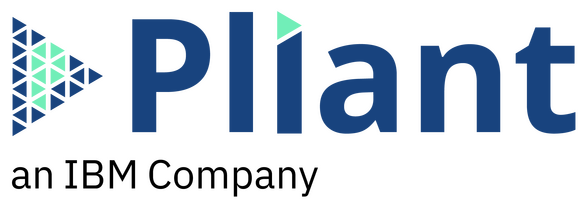Do you ever feel that when it comes to running your IT infrastructure, there is simply too much work? It feels like you have mountains of operations and job roles that constantly compete for resources and attention. We get it… we’ve all been there before.
Today, operations leaders are looking for new methods to manage their IT environments in the most efficient manner possible. However, taking on this challenge requires a lot of coordination among multiple teams and different technology stacks. This is where DevOps and Orchestration come in.
DevOps and Orchestration are two critical elements of an effective IT team today. These two together create a powerhouse duo to meet the rapidly changing needs of evolving IT environments. How do you use both to benefit your operations? Let’s dive right into it by first talking about what DevOps is in this context.
What is DevOps?
DevOps isn’t just another buzzword. It’s a movement that’s changing the way businesses approach software development and IT operations. AWS describes it as “the combination of cultural philosophies, practices, and tools that increase an organization’s ability to deliver applications and services at high velocity.” This model is one that allows businesses to improve and evolve their products at a rate never seen before, and in turn, allows them to beat out their competition.
In order for “DevOps” to exist (and you can probably tell by the name alone 
Along with collaboration and continuous delivery, automation is another important principle in the DevOps culture as it’s heavily relied on to handle large-scale development operations and deployment processes. We call automation of this caliber “orchestration” because we’re talking about building a workflow that automates multiple tasks as opposed to automating one single task.
How DevOps and Orchestration Help Your Business
1. Give Your Team a Taste of Automation
Orchestration takes the robot out of the human and allows teams to automate repetitive manual work while focusing on collaborative work that matters. An automated process becomes a consistent and predictable one, meaning there’s very little chance of things going wrong due to human error. According to the Harvard Business Review, human error in business or “bad data” costs the United States $3 trillion per year. Why run the risk when orchestration allows you to simply “set it and forget it”?
2. Speed Up Operations
Under the DevOps model, your team will be able to innovate faster, as orchestration means things like code integration and application deployment happen much sooner than later. No longer do you need to wait on someone to prep before starting a task, simply have the automation tool take care of it without a second thought.
Also worth mentioning: automated processes tend to get executed faster. For example, a task that would take an IT professional considerable time and effort to deploy a new release (evaluating the environment, writing out configurations, double-checking that the newest version has been deployed properly, etc.) could be completed in minutes with an automation tool.
3. Scale all the Repeatable Processes
Generally speaking, if it is done by hand, it can’t be done at scale. To manage complex systems, reduce risk, and stay competitive in your industry, being able to scale your IT operations rapidly and stably is a must. Any worthwhile processes in your day-to-day operations that are frequently repeatable should be at the top of your list of things to prioritize when implementing automation.
The Future of DevOps Culture
The future of DevOps is looking bright and doesn’t seem to be going away anytime soon. We’ll see more collaboration between business and technical teams, and even more non-tech developers taking center stage with low-code automation tools to build interfaces and tackle integration issues.
Automation will only get more popular as more people start to become privy to how much it helps cut down on manual, error-prone work. This, too, means it won’t be uncommon to see more companies go into full orchestration as the tools for DevOps orchestration become more widespread. These tools will take shape in the form of IaaS or iPaaS environments that are safe havens for your team to plan and deliver self-service integrations and automation at any time.

Final Thoughts
Through DevOps orchestration, you can meet the demands of the digital age. This powerful approach promotes collaboration, improves efficiency across your entire IT system, and streamlines workflows while providing greater visibility and control. Embracing DevOps orchestration will help you deliver products and services at a faster rate, paving the way for increased agility and productivity.
If you’re thinking about adopting or streamlining DevOps practices, using a low-code platform that orchestrates your operations and eases your team’s workload is a good first step. Get in touch with us to start orchestrating your enterprise today.



